Denmark, a small Nordic nation known for its homogeneous and egalitarian welfare state, has undergone a significant transformation in its approach to humanitarian protection over the past two decades. Once celebrated for its liberal stance on refugees, Denmark has emerged as a pioneer in restrictive migration policies within the European Union (EU). This shift, marked by policies such as temporary protection statuses, external asylum processing arrangements, and controversial measures like the confiscation of asylum seekers’ valuables, has positioned Denmark as a potential model for other nations. However, this approach has sparked debates about human rights, integration, and the sustainability of Denmark’s welfare system. This article explores Denmark’s migration policy evolution, historical and contemporary trends, integration challenges, the role of EU policies, and the broader implications for Europe and beyond, while delving into hidden truths, research insights, and societal impacts.
Historical Context of Migration in Denmark
Early Migration Patterns: From Seasonal Labor to Humanitarian Influx
Denmark’s migration history reflects broader European trends and the country’s evolving role in global migration flows. In the late 19th and early 20th centuries, Denmark primarily received seasonal labor migrants from neighboring Germany and Sweden, who worked in agriculture, particularly during the potato harvest. Polish workers were also recruited to support the burgeoning dairy and sugar-beet industries on the islands of Lolland and Falster. This labor migration largely ceased during World War I, but the post-World War II period saw a significant influx of approximately 300,000 German refugees fleeing the advancing Red Army. The establishment of a large refugee camp in Oksbøl, Jutland, which housed 35,000 Germans, marked one of the largest humanitarian efforts in Danish history.
During the Cold War, Denmark welcomed political exiles, including Hungarians in 1956, and refugees from Chile and Vietnam in the 1970s. The 1960s and 1970s also saw guestworker programs that brought immigrants from Turkey, Pakistan, Yugoslavia, and Morocco to meet labor demands. These programs ended in 1973 due to economic shifts and growing concerns about integration. The 1980s and 1990s brought new waves of refugees from conflict zones, including Iran, Iraq, Lebanon, Afghanistan, and Bosnia, driven by wars in the Middle East and the Balkans. These inflows diversified Denmark’s population, setting the stage for contemporary migration debates.
Denmark’s Early Commitment to Refugee Protection
Denmark’s early migration policies were notably progressive. As one of the first signatories of the 1951 Refugee Convention, Denmark committed to protecting individuals fleeing persecution or war. The 1983 Aliens Act formalized a liberal approach to refugee protection, emphasizing humanitarian obligations. Since 1989, Denmark has participated in the United Nations High Commissioner for Refugees (UNHCR) resettlement program, accepting approximately 500 refugees annually until a reduction in the quota from 2016 to 2019. These policies reflected Denmark’s post-World War II identity as a humanitarian leader within Europe.
Integration and Demographic Shifts
The demographic composition of Denmark has changed significantly since the 1980s. In 1980, immigrants comprised just 2.6% of the population, with Danish-born children of two immigrant parents accounting for less than 0.4%. By 2025, these figures had risen to 12.6% and 3.7%, respectively, totaling 16.3% of the population with a foreign background. This growth reflects both humanitarian and labor migration, as well as family reunification. Despite this diversification, Denmark has not embraced multiculturalism in a political sense, unlike some other European nations. Policies have prioritized integration through self-sufficiency, often at the expense of cultural pluralism.
Denmark’s Policy Shift: From Liberal to Restrictive
The Paradigm Shift (Paradigmeskiftet)
The early 2000s marked the beginning of Denmark’s shift toward restrictive migration policies, which intensified following the 2015–16 European migration crisis. This period, often referred to as the “paradigm shift” (paradigmeskiftet), saw the introduction of 114 legislative restrictions in 2019 alone, fundamentally altering Denmark’s approach to immigration and integration. A cornerstone of this shift was the adoption of temporary protection as the default status for all humanitarian migrants, including resettled refugees. This policy emphasizes self-sufficiency and repatriation, moving away from the previous assumption that refugees would eventually secure permanent residence.
One of the most controversial measures was the 2016 “jewelry law,” which permitted authorities to confiscate cash or valuables worth more than 10,000 Danish kroner (approximately $1,500 USD) from asylum seekers to offset the costs of their stay. This policy drew international criticism for its perceived inhumanity, with critics arguing it violated the spirit of the 1951 Refugee Convention. Denmark also placed advertisements in Lebanese newspapers to deter potential asylum seekers by highlighting tightened regulations, a move that underscored its deterrence-focused strategy.
“The jewelry law and other restrictive measures signal a deliberate shift toward deterrence, prioritizing national interests over humanitarian obligations,” notes migration scholar Jens Vedsted Hansen in a 2022 analysis.
Temporary Protection and the Danish Return Agency
The introduction of temporary subsidiary protection status in 2019 redefined Denmark’s refugee policy. Unlike permanent residence, temporary protection assumes that refugees will return to their countries of origin once conditions are deemed safe. To facilitate this, the Danish Return Agency (Hjemrejsestyrelsen) was established in 2020 to manage the repatriation of immigrants without legal status. As of December 2022, approximately 550 rejected asylum seekers were in the agency’s return planning phase.
However, repatriation has proven challenging due to non-cooperation from countries of origin, such as the former Assad regime in Syria. Refugees whose residence permits are denied and who refuse voluntary return are often placed in departure centers (udrejsecentre), where they lack access to cash benefits or the right to work. These centers are designed to encourage voluntary return, sometimes through controversial practices such as separating family members over 18 years old. Research by Katrine Syppli Kohl highlights the psychological toll of these centers, describing them as environments that “invisibilize” refugee families and exacerbate their distress.
External Asylum Processing: The Rwanda Proposal
Denmark’s exploration of external asylum processing, particularly with Rwanda, represents a bold and controversial step. In 2021, Denmark signed a memorandum of understanding with Rwanda to explore outsourcing asylum procedures, a move that aligns with broader EU discussions on externalizing migration control. While no concrete arrangements have been implemented as of 2025, this proposal has drawn attention for its potential to reshape asylum processing norms. Critics argue that such policies risk violating international refugee law by offloading responsibilities to third countries with questionable human rights records.
Integration Challenges and Societal Impacts
Family Reunification and Socioeconomic Barriers
Denmark’s family reunification policies are among the strictest in Europe, favoring high-income, educated immigrants. Requirements include a minimum age of 24 for both partners, proof of self-sufficiency, independent housing, and a financial guarantee of 59,052 Danish kroner (approximately $8,900 USD). These rules disproportionately affect refugees, who often lack the resources to meet such criteria. In contrast, Sweden’s more liberal policies allow family reunification for refugees without self-sufficiency requirements and at younger ages.
Research indicates that these restrictive policies exacerbate socioeconomic disparities among immigrant families. In Helsinki, a comparative case, a 2025 study by the City of Helsinki highlighted that families with children face stronger socioeconomic and ethno-cultural segregation than other residents. While Helsinki’s context differs, similar dynamics are evident in Denmark, where low-income immigrant families, particularly those with foreign backgrounds, face significant barriers to integration. In Denmark, approximately one-third of children with a foreign background live in low-income households, compared to only 6% of those with a Danish background.
Labor Market Integration and “Social Dumping”
Denmark’s labor market, known for its “flexicurity” model, combines job mobility with a robust safety net through tripartite negotiations between trade unions, employers, and the government. However, concerns about “social dumping” have emerged, particularly in low-skilled sectors like construction, agriculture, and the gig economy. Employers sometimes hire foreign workers at lower wages, bypassing collective agreements, which undermines the Danish model. This practice disproportionately affects labor migrants and student visa holders, who may prioritize earning over studying.
In response to labor shortages, particularly in health and elder care, Denmark introduced a fast-track recruitment scheme in 2022, issuing approximately 8,000 of 24,600 work permits that year. While this initiative addresses immediate needs, it highlights tensions between economic demands and integration goals, as low-skilled migrants often face precarious working conditions.
Wellbeing and Segregation: Lessons from Helsinki
The Helsinki study provides a useful lens for understanding Denmark’s integration challenges. In Helsinki, families with children experience pronounced socioeconomic and ethno-cultural segregation, with 14,000 children living in low-income households. Financial difficulties correlate with lower parental wellbeing, with nearly one in five Helsinki parents reporting significant psychological strain. Among those facing financial hardship, this figure rises to one-third. These disparities mirror trends in Denmark, where immigrant families face similar socioeconomic challenges, compounded by restrictive policies that limit access to permanent residence and social benefits.
In Denmark, the lack of multicultural policies has led to limited efforts to address systemic discrimination or promote diversity in political representation. Integration programs focus heavily on labor market participation, often neglecting cultural or social inclusion. This approach has created a paradox: while Denmark seeks to integrate immigrants through self-sufficiency, its policies often marginalize them, leading to social exclusion and reduced wellbeing.
The Role of EU Migration Policy and Denmark’s Opt-Outs
Denmark’s Unique Position in the EU
Denmark’s four opt-outs from EU cooperation—covering the euro, justice and home affairs, EU citizenship, and defense (until 2022)—have given it significant autonomy in migration policy. Unlike other EU member states, Denmark is not bound by EU asylum standards, except for the Dublin III and Eurodac regulations. This flexibility has allowed Denmark to pursue restrictive policies, such as temporary protection and external asylum processing, without adhering to the EU’s broader legal framework.
In May 2024, Denmark led 14 EU member states in calling for stricter migration controls and the outsourcing of asylum processing to third countries. This proposal followed the EU’s New Pact on Migration and Asylum, which aims to streamline asylum processing and enhance border security. Denmark’s leadership in this initiative reflects its growing influence on EU migration policy, despite its opt-out status.
Regional Influence and the “Danish Model”
Denmark’s restrictive policies have inspired neighboring countries, notably Sweden and Germany. In Sweden, the “Danish model” of migration control—distinct from the labor market model—has influenced discussions on repatriation and border security. Germany’s 2024 “Migrationswende” (migration transition), prompted by Islamist terror attacks, explicitly referenced Denmark’s approach under Prime Minister Mette Frederiksen. This regional influence underscores Denmark’s role as a “northern polestar” for restrictive migration policies, even as it operates under a center-left government, an anomaly compared to the far-right-driven restrictions in countries like Austria and Hungary.
Public Debate and Political Consensus
Politicization of Migration
Migration has been a central issue in Danish politics since the early 2000s, with the 2015–19 paradigm shift consolidating a cross-party consensus on restrictive policies. The center-left Social Democrats, led by Mette Frederiksen since 2019, have adopted measures once championed by the right-wing Danish People’s Party (DPP). This political alignment has enabled the Social Democrats to maintain power, unlike other European countries where migration issues have fueled far-right gains.
However, the politicization of migration has also led to tensions with academia. In 2021, two Danish parliamentarians accused migration scholars of promoting “anti-science” activism, highlighting the growing distrust between policymakers and researchers. This dynamic complicates evidence-based policymaking and raises questions about the role of expertise in shaping migration debates.
Hidden Truths and Societal Impacts
Denmark’s restrictive policies have hidden costs that are often overlooked in public discourse. Research by Marie Sandberg and colleagues highlights the psychological and social toll of temporary protection, particularly on refugee families. The uncertainty of temporary statuses, combined with the threat of repatriation, creates a state of “deportability” that undermines mental health and family cohesion. Departure centers, designed to encourage voluntary return, have been criticized for their coercive nature, including the separation of adult family members.
Moreover, the focus on self-sufficiency overlooks structural barriers to integration, such as discrimination in housing and employment. The Helsinki study’s findings on segregation resonate here, as low-income immigrant families in Denmark are increasingly concentrated in specific neighborhoods, limiting their access to quality education and social services. These trends suggest that Denmark’s policies, while aimed at protecting the welfare state, may inadvertently deepen social inequalities.
Implications for Europe and Beyond
A Model for Restriction or a Cautionary Tale?
Denmark’s pioneering role in restrictive migration policies has sparked both admiration and concern. Proponents argue that these measures protect the welfare state by ensuring that only those who contribute to society benefit from its resources. Critics, however, contend that Denmark’s approach undermines international refugee protections and sets a dangerous precedent for outsourcing asylum responsibilities. The Rwanda proposal, in particular, has drawn comparisons to the UK’s failed attempt to externalize asylum processing, raising questions about feasibility and ethics.
Denmark’s influence extends beyond Europe. The 2020 Migration Policy Index ranked Denmark lowest for family reunification and fourth lowest for access to permanent residence, signaling its outlier status globally. As other countries, including Canada and Australia, explore stricter migration controls, Denmark’s policies may serve as a blueprint—or a warning of the challenges of balancing humanitarian obligations with national interests.
Future Directions
As Denmark continues to navigate its role as a migration policy innovator, several questions remain. Can temporary protection sustainably address humanitarian needs without compromising integration? How will Denmark’s EU opt-outs shape its influence on regional migration policy? And what are the long-term societal impacts of prioritizing deterrence over inclusion? The answers to these questions will likely shape not only Denmark’s future but also the broader trajectory of migration policy in Europe.






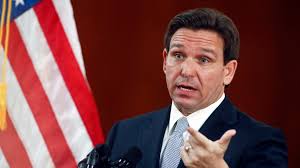





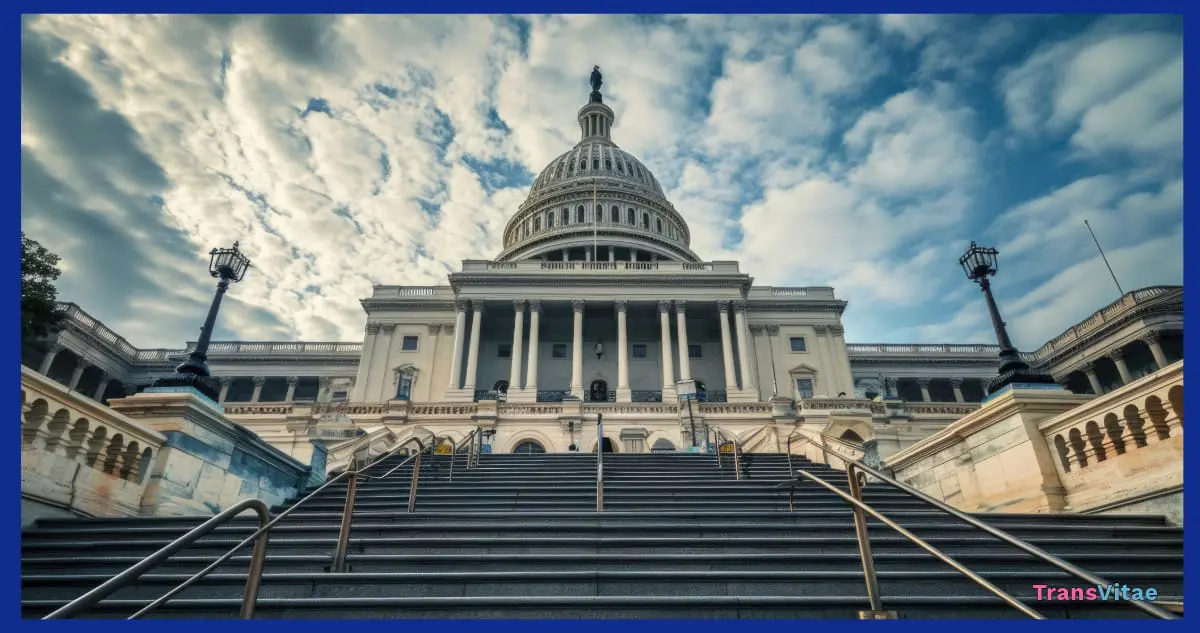
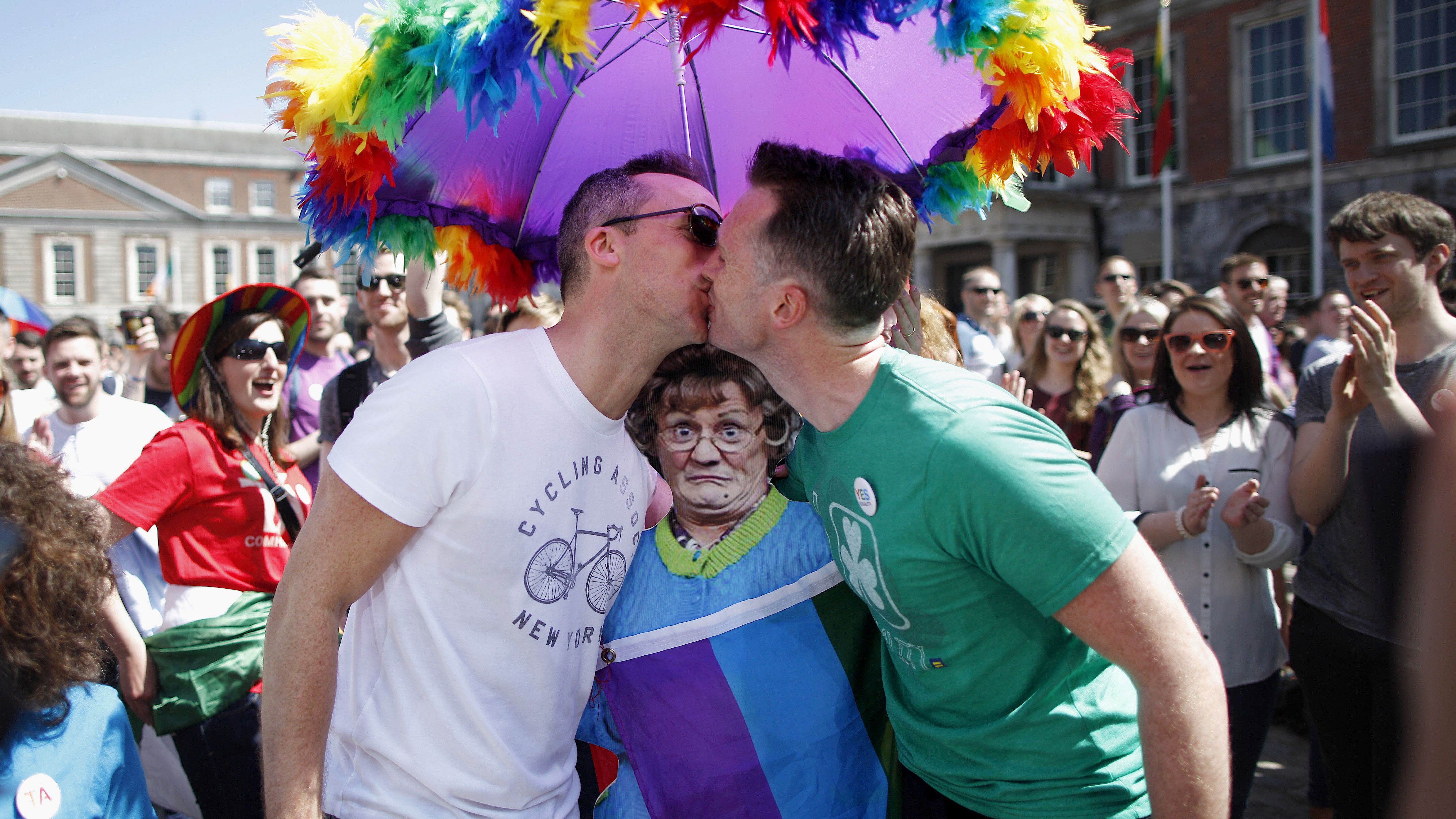



0 Comments